Top 3 Most Beautiful Historical Sites in Gwynedd
Gwynedd is a preserved county in the northwest of Wales. Although this place has a relatively small area, it is a place that attracts many tourists around the ... read more...world with beautiful natural landscapes and rich history. Let's find out with Toplist the most beautiful historical sites in Gwynedd!
-
The first position on the list of the most beautiful historical sites in Gwynedd is Caernarfon Castle. Following Edward I's conquest of Wales in 1283, Caernarfon Castle's construction started, and it was finally finished in 1330. The king surrounded the insurgent nation with an "iron ring" of fortresses, which included Caernarfon, Conwy, Harlech, and Beaumaris, to solidify his control over it. Caernarfon Castle was a grand and imposing combination of a castle, royal residence, and a political center, with characteristics that echoed those of imperial Rome and the Arthurian legend.
The king held Caernarfon Castle in high regard, and in 1284 he traveled there with the very pregnant Queen Eleanor, probably in an effort to ensure that his son would be born there. When the prince initially arrived, he was known as Edward of Caernarfon; he eventually changed his name to Edward II. In 1301, he has crowned the first English Prince of Wales.
Visitors can explore Caernarfon's extensive walls and numerous towers today since it is controlled by Cadw and is remarkably well-preserved. Visitors may observe the King's Gate's ominous double towers and the looming statue of Edward I as they enter, and once inside, the inside of the castle transports them to medieval Wales. Fantastic vistas of the town and the River Seiont are also accessible by ascending its winding stone stairway to its battlements.
While the Royal Welsh Fusiliers Museum is located inside the Queen's Tower and provides a 300-year history of the significant Welsh regiment, the 10-sided Eagle Tower, where Edward I and Queen Eleanor's chambers previously stood, now holds an interactive history of the castle.Location: Castle Ditch, Caernarfon LL55 2AY, Gwynedd
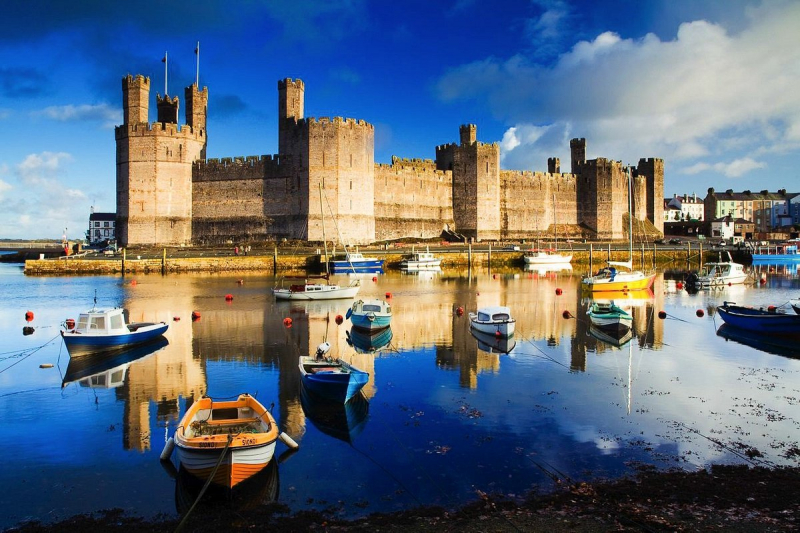
Photo: tripadvisor.com.vn 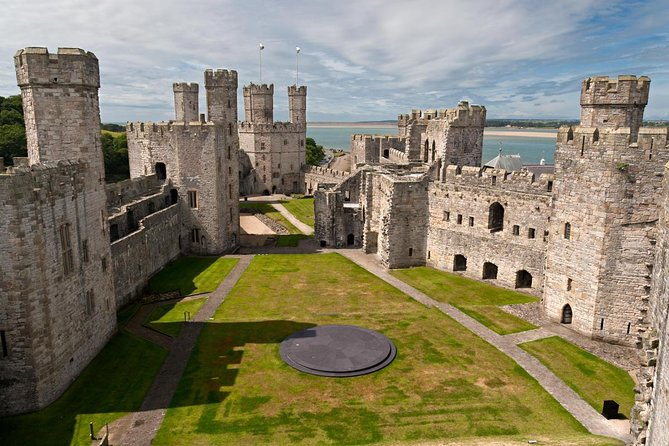
Photo: viator.com -
On the environs of Caernarfon in Gwynedd, North Wales, there is a Roman fort called Segontium Roman Fort. The fort was guarded by Roman auxiliaries from modern-day Belgium and Germany, and it stood until the end of the Roman occupation of Britain. It served as the region's primary military installation and administrative hub.
Segontium Roman Fort, built approximately 2000 years ago, was a hive of activity for about 300 years. The fort, built by Agricola in 77 AD after he brutally put down a native tribe's insurrection, was intended to house about 1,000 auxiliary infantrymen and was connected to Chester and Caerleon by Roman highways.The fort was occupied by the Romans until 394 AD, making it the longest-held Roman fort in Wales, according to excavations that uncovered coins at the location. It sought to protect the Welsh shoreline from invasion from the Irish Sea as well as regulate access to Anglesey, a fertile and mineral-rich island. The ruins are accessible now and open for free exploration.
The majority of the fort's foundations are still there even though the A4085 to Beddgelert passes through the area. Books about the area are available at other Cadw locations, like Caernarfon Castle. Around the fort, archaeologists have discovered the ruins of a village of civilians as well as the Caernarfon Mithraeum, a Roman temple dedicated to Mithras, and a cemetery.
Location: Llanbeblig Rd, Caernarfon LL55 2LN, Gwynedd, Wales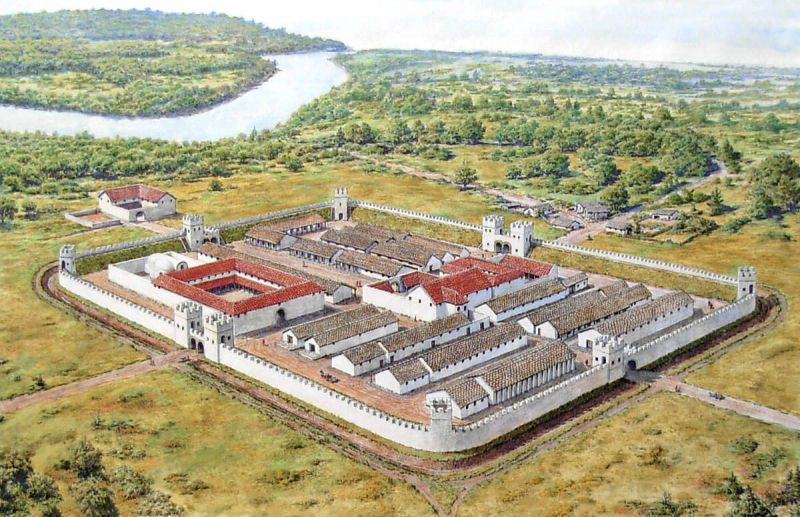
Photo: medievalheritage.eu 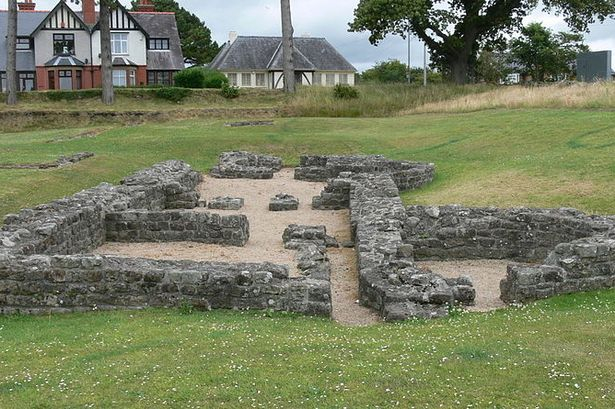
dailypost.co.uk -
The next position on the list of the most beautiful historical sites in Gwynedd is the Sygun Copper Mine which was a Victorian copper mine outside of Beddgelert in the Snowdonia National Park and was once one of Wales' major mineral suppliers. Mining has been practiced in the region since Roman times. These mines were not discovered until the Industrial Revolution when the demand for copper increased and they were uncovered and dug deeper into the hills. 1903 saw the closure of the mine because it was no longer profitable.
The mine was reopened in 1983, and restoration work started soon after. It was established in 1986 as a tourism destination with a focus on audio-visual tours of the underground construction sites. Its twisting passageways and expansive, vibrant chambers with stalactite and stalagmite formations are open to visitors.
The thoughtful building of visitor facilities at Sygun Copper Mine earned the Amies family the 1988 Prince of Wales Award. Prince Charles gave the family the honor during a ceremony where he also received a copper ingot made from local ore as a gift. The Ward Family, who now own and operate the copper mine, has renovated the mine's facilities as well as its tourist attractions.
Additionally, a gallery and a museum of art are part of the Sygun complex. The Red Dragon Heritage Centre, a component of the Sygun Museum of Wales, also has a section on Welsh mythology and history. Small pieces of the museum's art collection, which is among the greatest of any privately run museum in Great Britain, are displayed periodically throughout the year. The collection is divided into two primary categories: 20th century and antique.
Location: Beddgelert, Caernarfon LL55 4NE, Wales
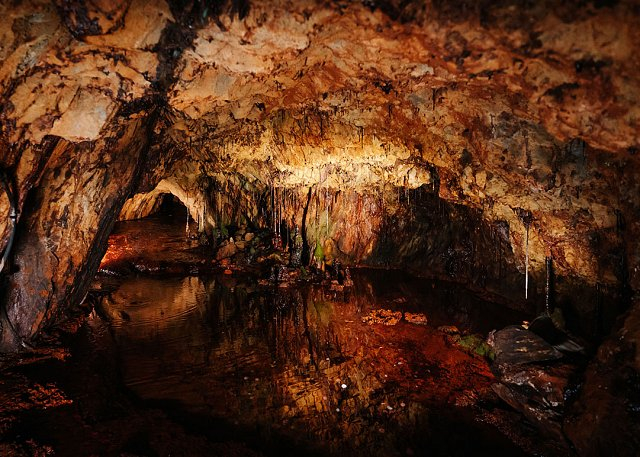
Photo: syguncoppermine.co.uk Video: https://www.youtube.com/watch?v=8L4Y9KK0wEU
























